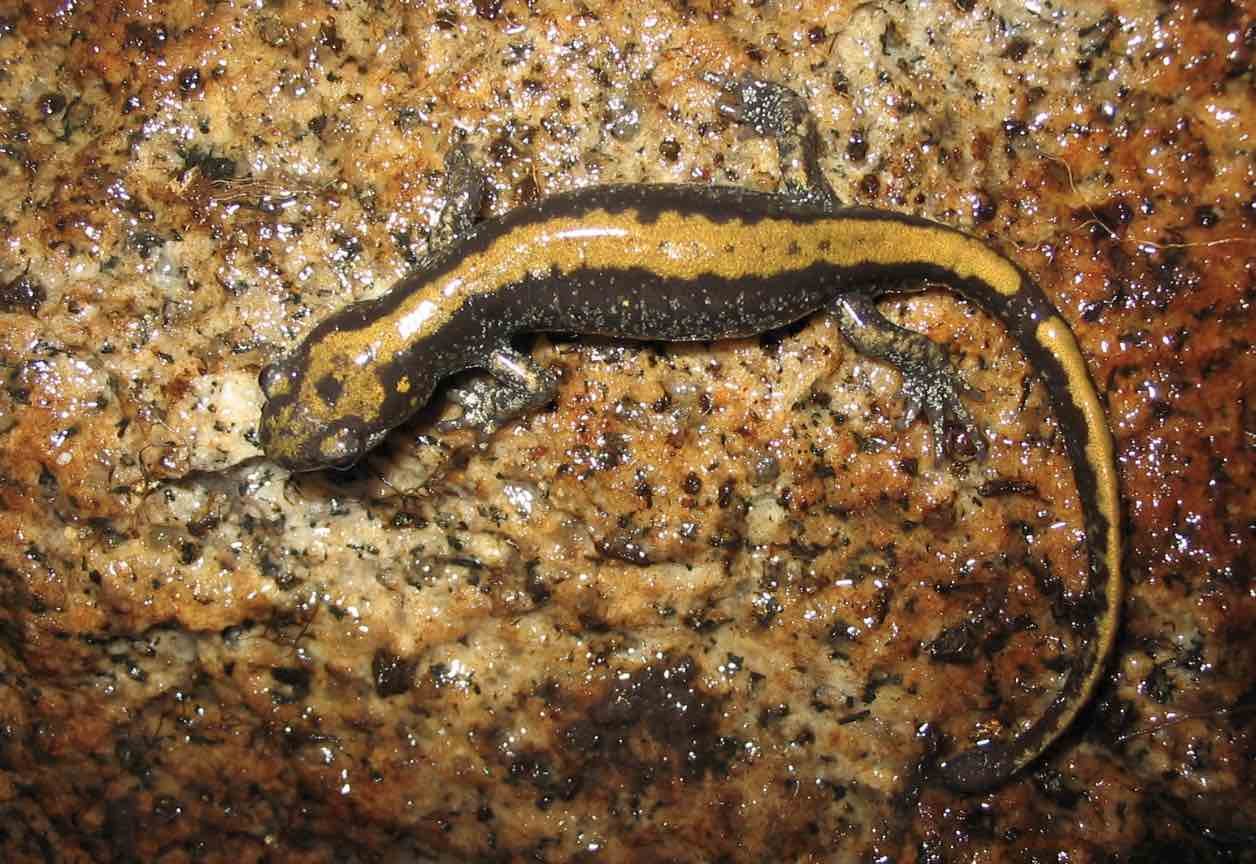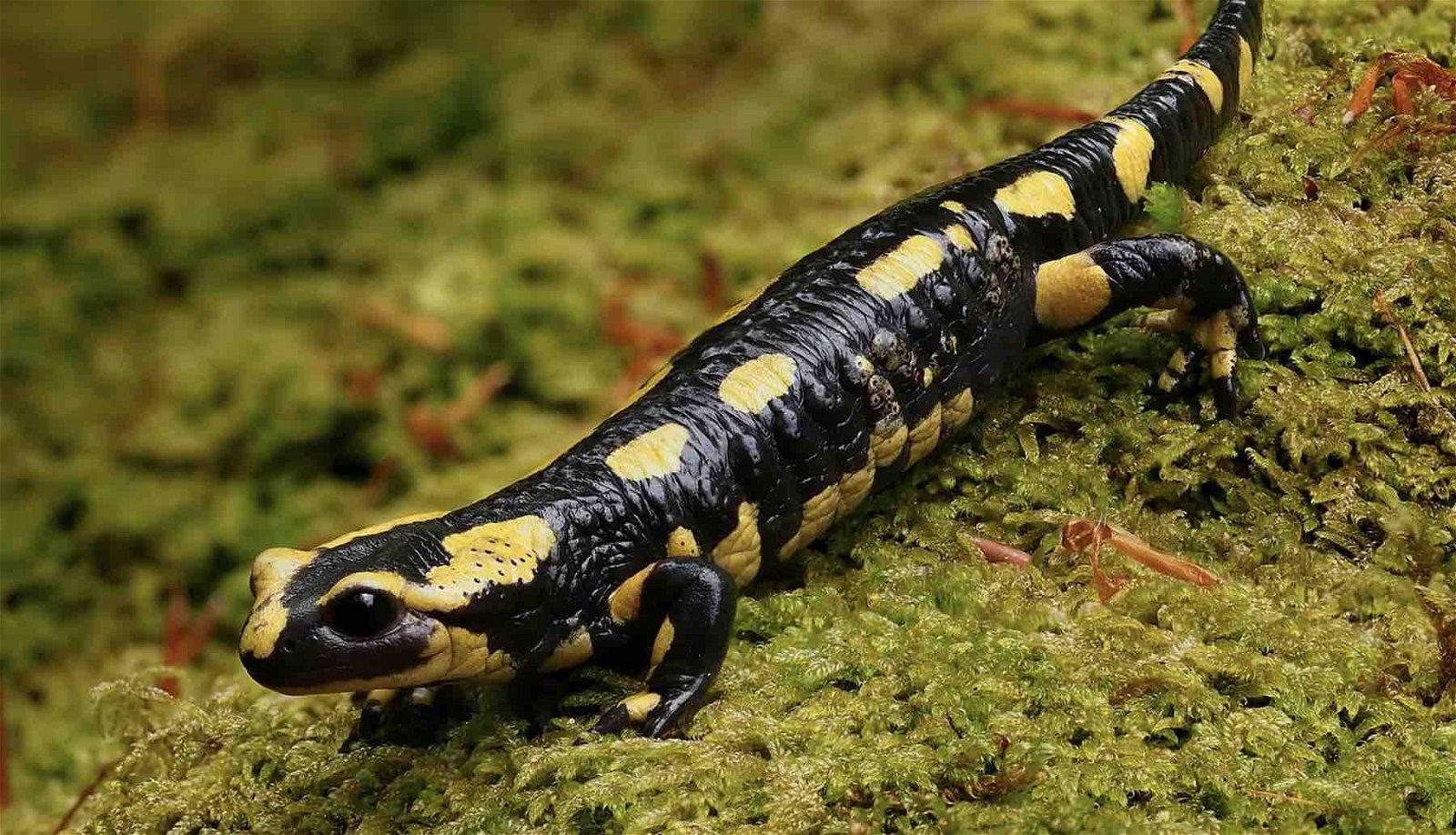According to ancient myth and legend, salamanders, the small lizard-like amphibians known to dwell in streams and along forest floors, were also once believed to possess an extraordinary superpower: that they were impervious to fire.
“A salamander is so cold that it puts out fire on contact,” proclaimed Pliny the Elder in his Natural History, with similar views expressed by Aristotle and Saint Augustine. Such ideas may have developed from early observations of the creatures emerging from rotting logs they often dwell in when used to build fires, giving rise to the association between salamanders and flame, and even the notion that salamanders were somehow produced by fire.
Although salamanders are just as susceptible to the effects of fire as any other organism, it is true that these meek little amphibians possess some remarkable superpowers. This mainly involves their incredible prowess at regenerating limbs and other portions of their bodies upon sustaining injury.
Cellular senescence describes the phenomenon where cell division ends, resulting in cells that have not died, but which have stopped dividing in response to various kinds of cellular stress. In humans and many other animals, these “zombie” cells are recognized as one of the key factors that contribute to aging and are also linked to diseases that include cancer.
However, some animals like salamanders do not experience the effects of aging and disease the same way humans and other mammals do. Now, growing evidence suggests that senescent cells could play a much more significant role in the remarkable anti-aging and regenerative capabilities some organisms display.


Dr. Maximina Yun, who led a recent research effort into the mysterious role these cells play in salamander regeneration, said that similar past studies also found that senescent cells appeared to play a role in some of the regenerative capabilities displayed by other kinds of animals too.
Over time, the number of senescent cells within the body of an organism increases with its age. In past studies, these “zombie” cells were discovered to also be present at certain stages in the regrowth of the limbs of salamanders.
“Salamanders are one of the few animal species that seem to defy the natural aging process,” Yun said in a press release. “They do not develop typical signs of aging and do not accumulate age-related diseases such as cancer.”
Yun also notes the incredible healing abilities these creatures possess, namely the uncanny way they can regenerate nearly any organ in their body. Based on this, Yun and her team “wanted to find out whether these cells contribute in any way to regeneration itself.”
Yun, a researcher with the Center for Regenerative Therapies Dresden, and the Cluster of Excellence Physics of Life at TU Dresden and the Max Planck Institute of Molecular Cell Biology and Genetics, says she and her team’s studies of these remarkable amphibians led to a new method of modulating how many senescent cells appear in a wound, which revealed that senescent cells under such conditions appeared to play a beneficial role in helping facilitate regeneration.
According to Yun and her team’s findings, the greater the number of senescent cells detected in the wound, the larger the blastema, or regeneration “bud” that developed. According to Yun, the blastema is a “collection of cells that are going to form all the needed tissues in the new limb,” and its size is directly proportional to the abundance of cells present that can assist in the regrowth of a limb.
To put it another way, Yun says the senescent cells present within the blastema provide what could be likened to “fuel” for the regeneration observed in salamanders her team studied.
However, closer inspection of the blastema regions in the salamanders Yun and her team studied led to another discovery: the detection of a new mechanism that the researchers say promotes the regeneration process, whereby the number of regenerating muscular cells were aided by the presence of senescent cells, which were found to release a kind of stimulant that aided nearby tissue in the production of new muscle.
Yun says her team’s results have demonstrated that far from being just “zombie” cells, senescent cells have been observed in cellular communication that appears to directly benefit the process of regeneration.
According to Yun, senescent cells “secrete molecules that signal to mature muscle fibers to dedifferentiate into muscle progenitor cells,” which can then multiply, in addition to differentiating into entirely new muscle cells, “thereby enhancing the regeneration process.”
Yun’s team surmises that the secretion of these signaling molecules is likely to represent “an important part of promoting regeneration.” In future studies, the team plans to look at whether senescent cells could also play a role in the regeneration of other kinds of bodily tissue apart from muscle.
By studying the unique regenerative abilities that salamanders possess, Yun and her team hope that they may eventually unlock the keys to cellular regeneration, and possibly help develop new kinds of therapies and other processes that can help humans tap into this remarkable superpower these small amphibians possess.
Yun and her team’s new paper, “Senescent cells enhance newt limb regeneration by promoting muscle dedifferentiation,” recently appeared in the journal Aging Cell.
Micah Hanks is the Editor-in-Chief and Co-Founder of The Debrief. He can be reached by email at micah@thedebrief.org. Follow his work at micahhanks.com and on Twitter: @MicahHanks.

